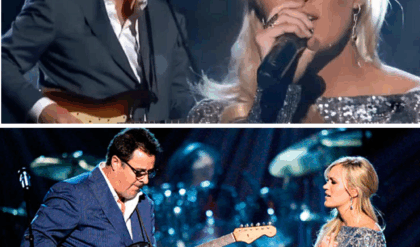FX’s breakout 2024 hit Shogun is widely acknowledged as a huge improvement over the original 1980 miniseries – itself by no means a disaster – with one significant production change helping to explain the difference between the projects. Based on James Clavell’s 1975 novel of the same name, both adaptations revolve around the story of John Blackthorne – an English sailor who finds himself stranded in 17th-century Japan. However, while the narrative strokes of the two series are broadly similar, Shogun 2024 makes a critical change that enhances the drama.
Despite being based on the same source novel, there are many subtle differences between the two Shoguns. The 1980 version (starring Richard Chamberlain as Blackthorne) had to contend with a very different cultural environment which made certain scenes particularly provocative. It was, for example, the first network show allowed to use the word “p*ss” in dialogue – a restriction that seems slightly ludicrous by today’s standards. Beyond these minor differences, however, a major innovation in Shogun 2024 helped elevate it from a faithful literary adaptation to a potential classic.
FX’s Shogun Told The Story From Multiple Points of View (Not Just Blackthrone’s)
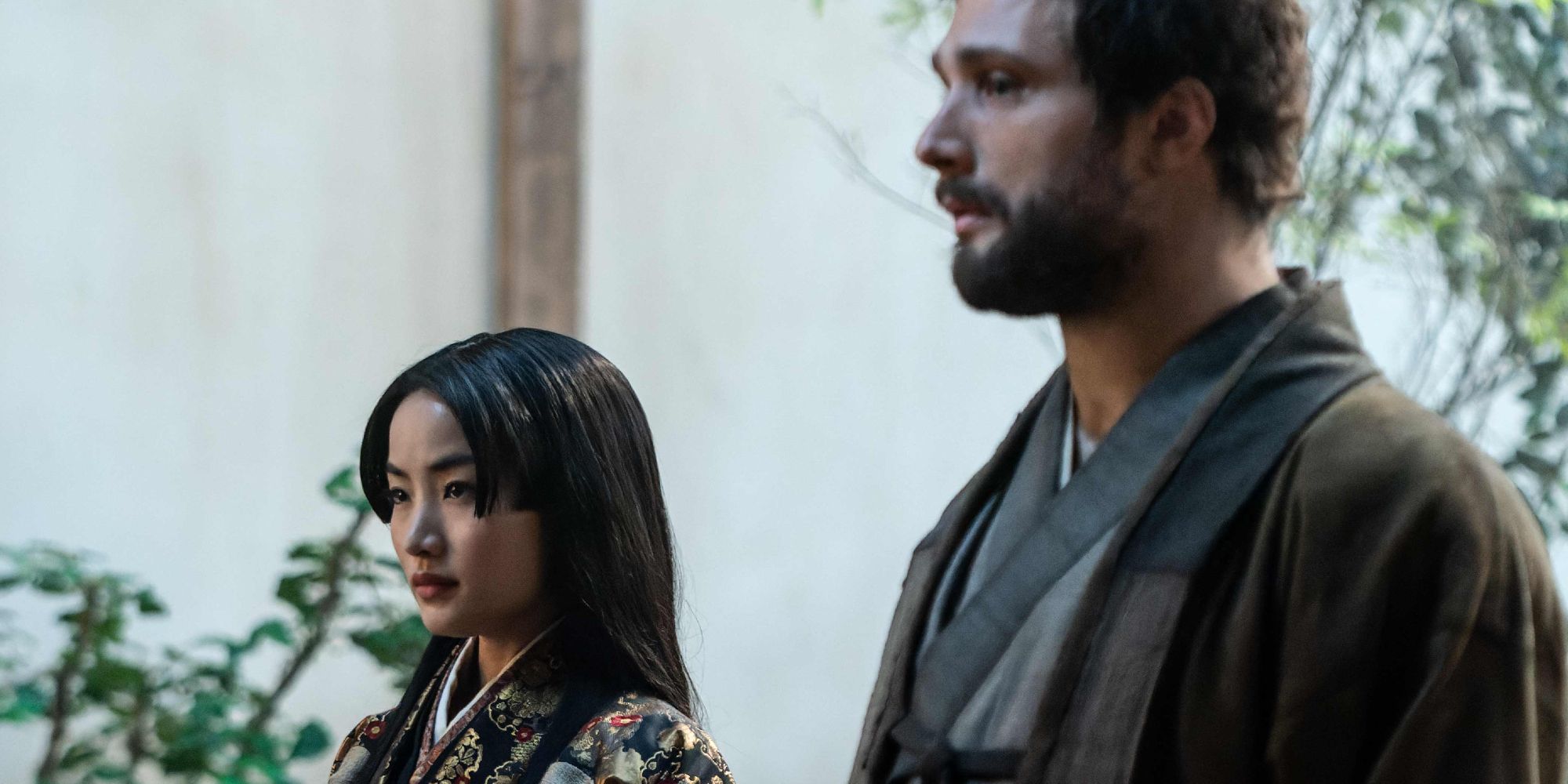
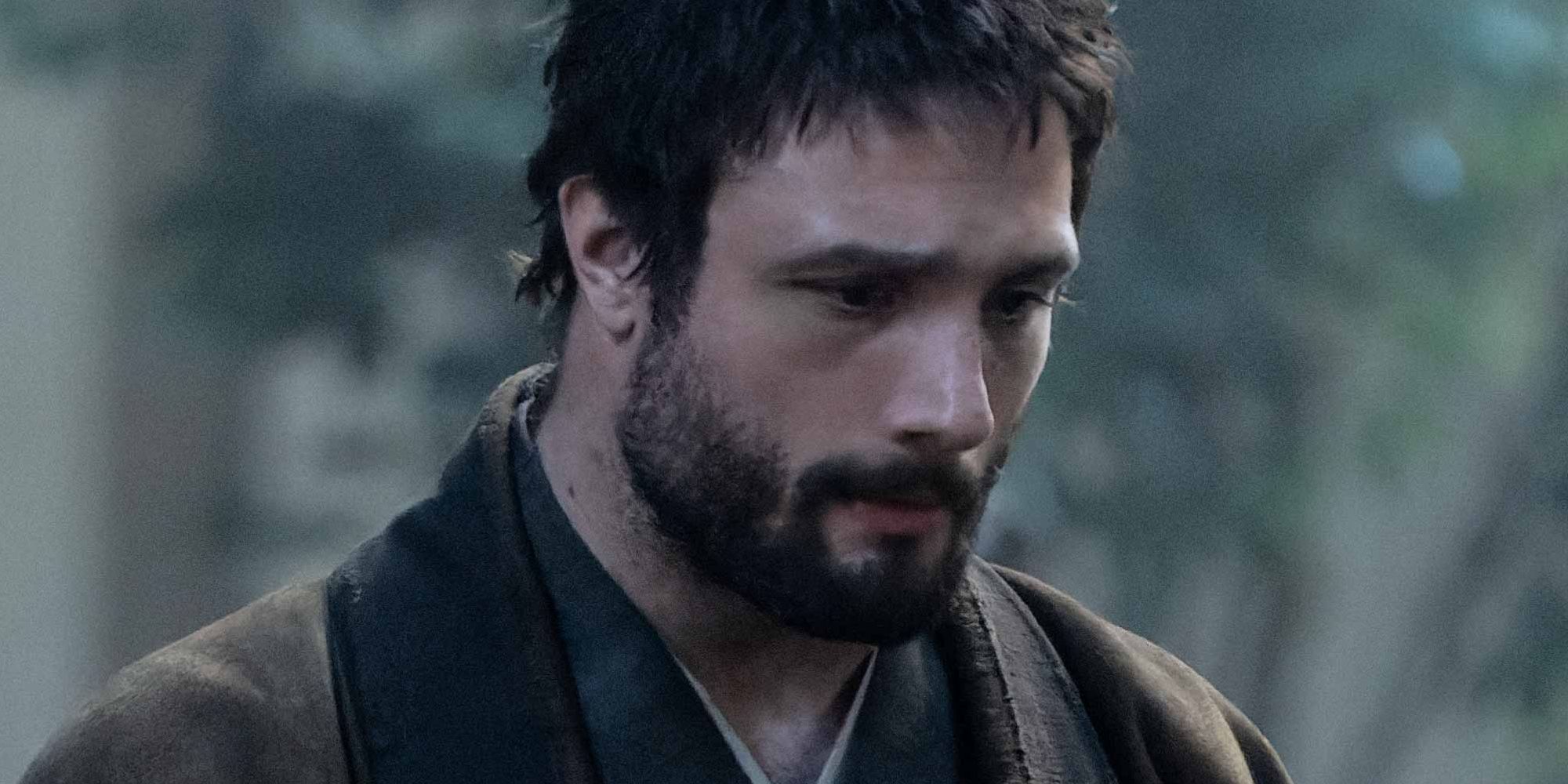
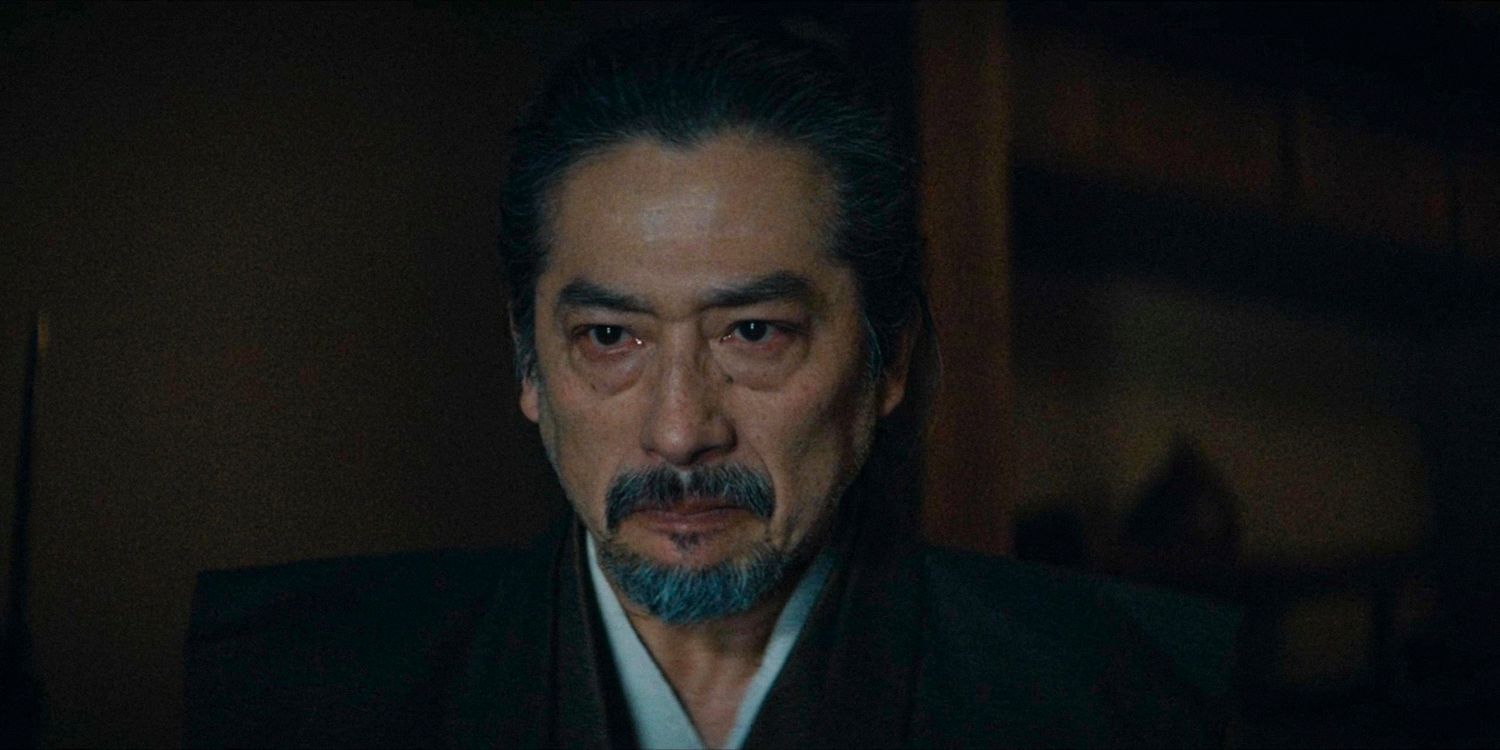
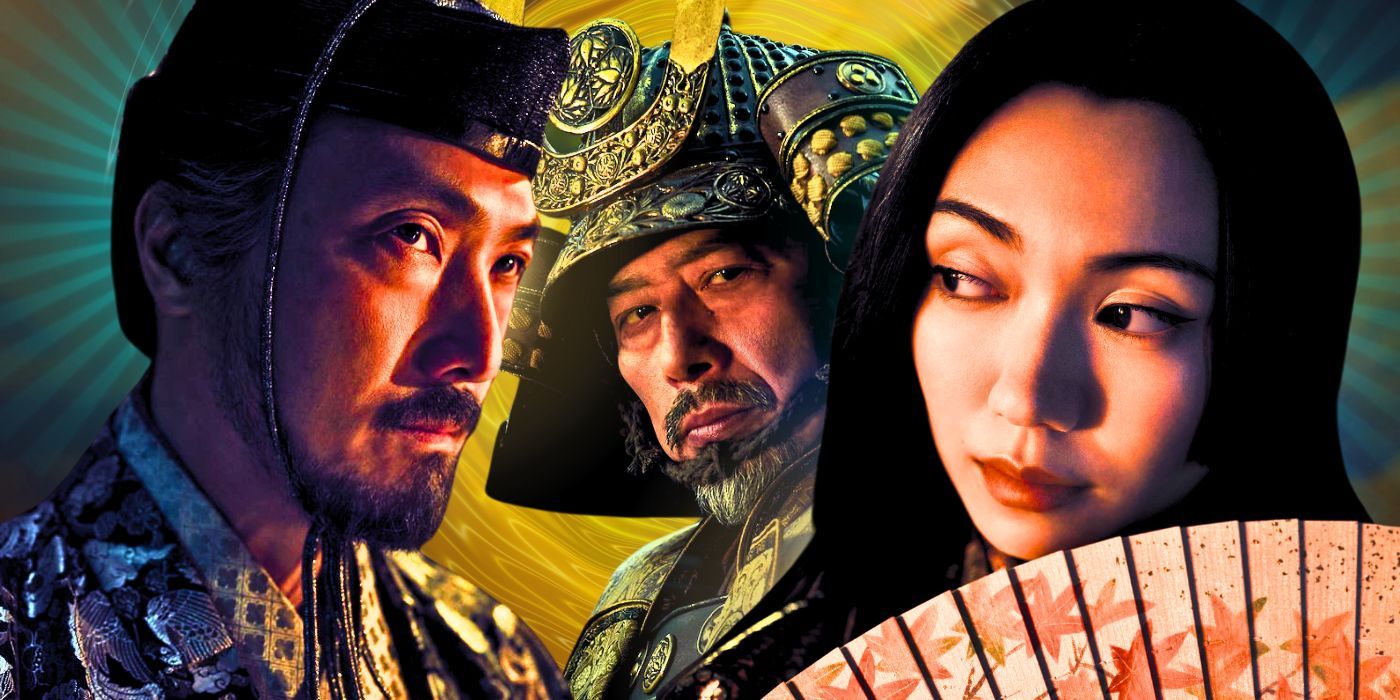
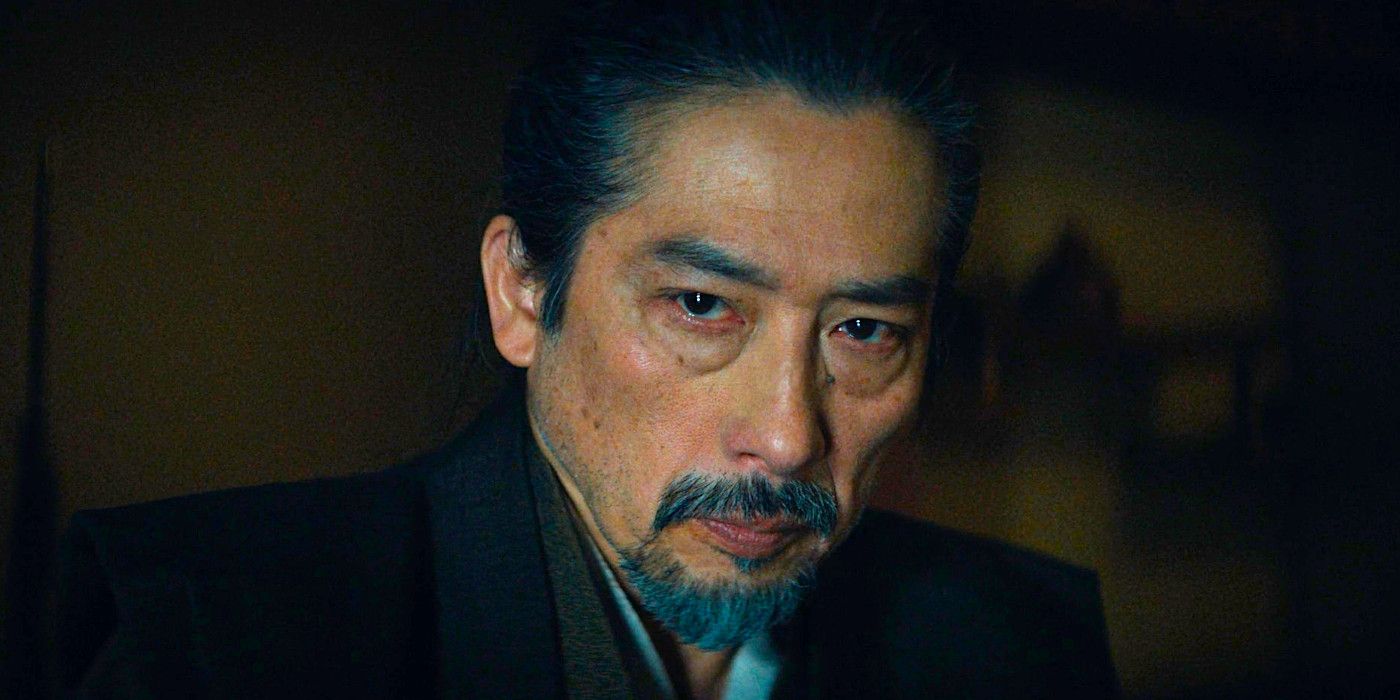
A key creative decision behind the original Shogun miniseries was to avoid the use of subtitles for Japanese dialogue throughout. Although the show shared a similar language issue to the 2024 Shogun, with English being described as Portuguese, the Japanese dialogue was presented without any translation whatsoever. The result was that viewers, provided they did not understand Japanese, were placed in a similar position of ignorance to Blackthorne – an interesting choice that necessarily put Blackthorne at the center of the action. Shogun 2024, however, takes a completely different approach.
In the remake, all Japanese dialogue is accompanied by subtitles. While this means that viewers don’t have the same disconcerting experience as Blackthorne, the result is that the story can be told from multiple characters’ points of view, without the need to have everything presented from the Englishman’s perspective. This grants much greater insight into the complex political machinations that make up the majority of Shogun‘s story, and makes players like Toronaga, Yabushige, Mariko, and Ishido even more compelling.
Why The 1980 Shogun Mini Series Focused More On John Blackthorne
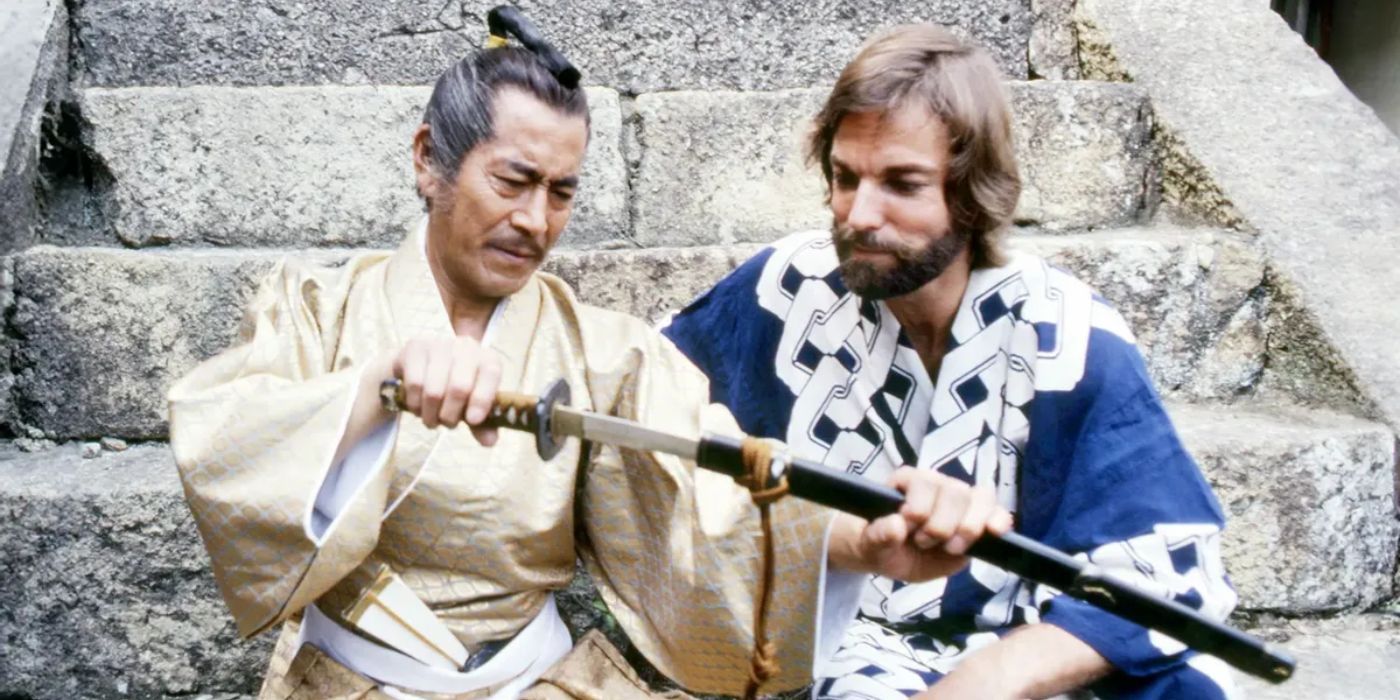
Given the social context of the production, it makes some sense that the 1980 Shogun would focus more on Blackthorne’s story. The miniseries was, in many ways, boundary pushing, being the first American TV production to be filmed entirely in Japan. Considering that such a setting would be unfamiliar to most viewers in America, it’s understandable that the series would use Blackthorne’s presence as a means of grounding the story and providing a relatable protagonist.
While it’s a drastic change from the novel’s multiple perspectives and storylines, there’s no doubt that the decision not to translate the Japanese dialogue has a deliberate and calculated effect. Arguably, the 1980 miniseries better conveys what it must be like to land in an unfamiliar land with no knowledge of the customs or means of communicating. However, while this is interesting, it changes the original ambitious scope of Shogun‘s story into a more limited exploration of Blackthorne’s personal experience. As Shogun‘s positive reception proved, this was not a disastrous decision. It was, however, completely transformative.
How FX’s Shogun Compares To The 1980 Mini Series
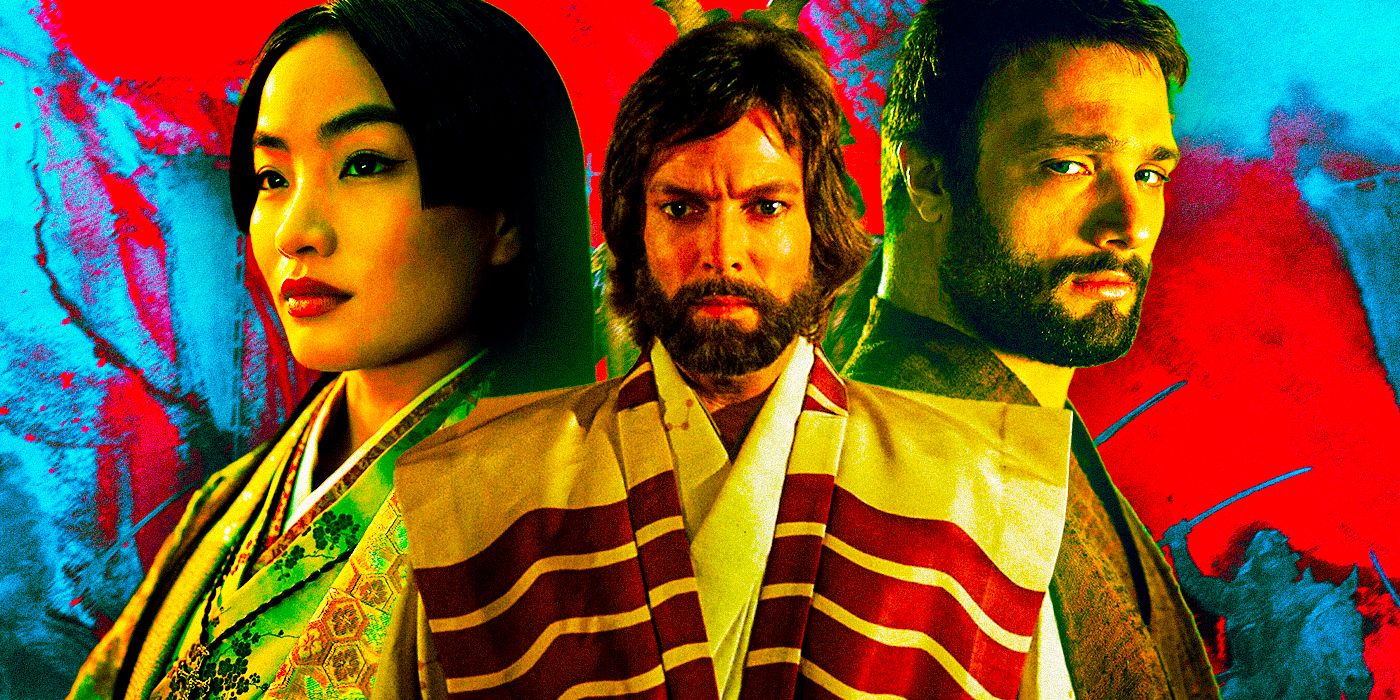
The results of the additional translation in Shogun 2024 are manifold. Not only is the series much closer to the original novel, which also explores multiple character’s perspectives, but it also helps present a more rounded and detailed portrait of life in 17th-century Japan. In Shogun 1980, the effect of experiencing this world from Blackthorne’s perspective is inevitably othering, with the strangeness of Japanese culture and customs deliberately accentuated. By contrast, Shogun 2024 is much more immersive, with its world rendered more understandable, empathetic, and believable.
Rotten Tomatoes Score
Shogun (1980)
79%
Shogun (2024)
99%
Not only is the broader world of Shogun 2024 more authentic, but the Japanese characters that really drive the story are much more engaging than their counterparts from the 1980 series. With the exception of Mariko, it is understandably difficult for audiences to sympathize with figures whose dialogue is incomprehensible unless they speak the language. FX’s Shogun‘s decision to translate brings the show’s whole world to life, while also making the protagonists and their stories even more engaging.


